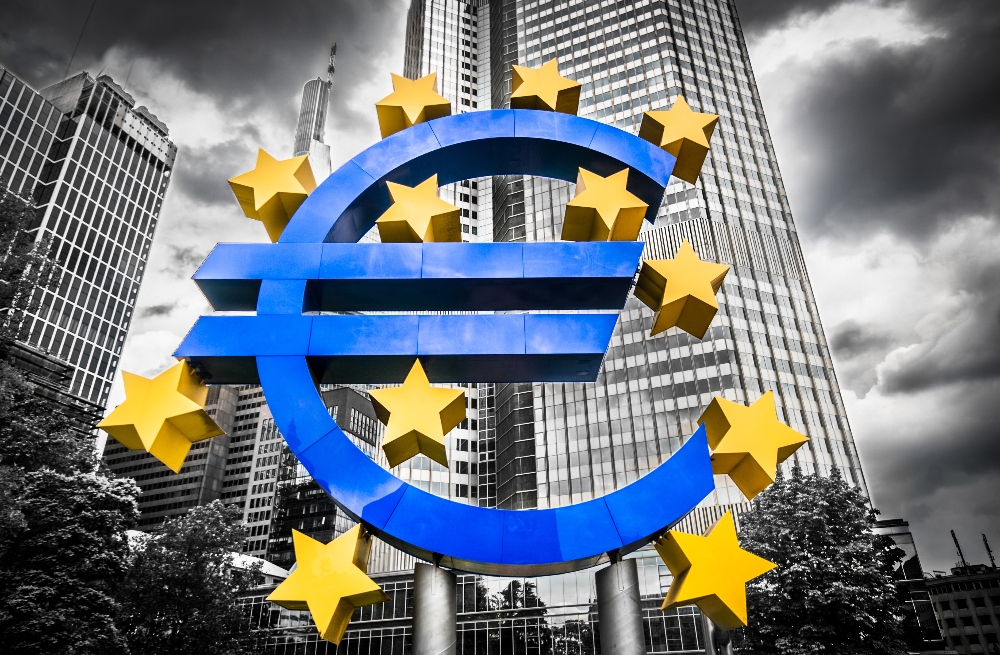
ECB holds interest rates steady, signals caution amid persistent inflation
- The main refinancing operations rate remains at 4.25%.
- The deposit facility rate stays at 3.75%.
- The marginal lending rate stands firm at 4.5%.
In a widely anticipated move, the European Central Bank (ECB) has decided to maintain its current interest rates, reflecting a cautious stance amid persistent inflation and economic uncertainties. This decision aligns with recent data that supports the ECB’s inflation forecasts, prompting the bank to adopt a wait-and-see approach.
Inflation analysis
Copy link to sectionAlthough inflation indexes rose briefly in May due to transient factors, the trend stabilized or even reversed in June. Profit margins have mitigated some inflationary pressures caused by strong wage growth.
Despite this, domestic market pricing pressures, particularly in the services sector, suggest that inflation will remain above the ECB’s target well into next year.
Policy outlook
Copy link to sectionThe ECB remains focused on returning inflation to its 2% target range, necessitating a cautious approach to interest rates. The Governing Council has expressed its readiness to maintain restrictive policy rates to combat inflation.
However, the Council emphasizes a data-driven strategy, continuously monitoring economic indicators, inflation trends, and the effectiveness of its monetary measures to make informed decisions about rate adjustments.
The ECB maintains flexibility in its monetary policy by not committing to a predetermined interest rate path. Instead, it will base future rate adjustments on evolving economic conditions and the success of its policies.
This approach allows the ECB to respond adaptively to changes in the economic landscape.
Impact on the Euro
Copy link to sectionThe ECB’s decision to keep interest rates steady could have several implications for the Euro. Meeting market expectations could keep the Euro stable, but investors will be vigilant for dovish signals indicating potential future rate cuts. Such signals could weaken the Euro due to the currency-weakening effect of lower interest rates.
Balanced message and future expectations
Copy link to sectionFollowing its latest meeting, the ECB delivered a balanced message. It acknowledged that while corporate profits are absorbing some price pressures, domestic inflation remains high, and further evidence is needed before considering another rate adjustment.
ECB President Christine Lagarde had already indicated this likely outcome, shifting investor focus to the September meeting. Her comments during the post-meeting press conference will be closely scrutinized for any hints about future policy moves.
The ECB reiterated its commitment to a data-dependent and meeting-by-meeting approach to determining the appropriate level and duration of interest rate restrictions. This stance ensures that the ECB remains flexible and responsive to incoming economic data.
Market reactions
Copy link to sectionMarkets are currently pricing in nearly two rate cuts over the remainder of the year and more than five cuts by the end of next year. No ECB policymaker has openly challenged this view in recent weeks. However, the central bank has previously faced criticism for being too specific about future moves, such as its advance commitment to a June rate cut, which was questioned by some economists and policymakers when last-minute data indicated elevated wage and price pressures.
The ECB’s decision to maintain interest rates underscores its cautious approach amid ongoing inflation concerns. While investors seek clearer guidance on future moves, the ECB’s flexible, data-driven strategy aims to effectively navigate the complex economic landscape. As the September meeting approaches, market participants will closely watch for any signals indicating the ECB’s next steps in managing inflation and supporting economic growth.
More industry news







